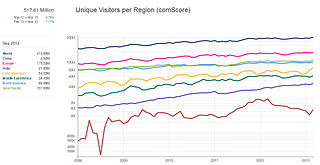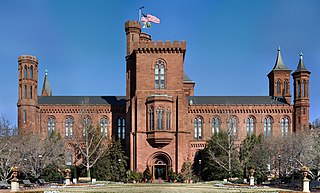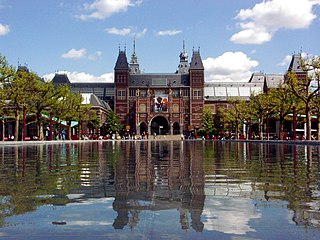This post was written by Richard Nevell.

On Friday 3rd May, the Wiki Loves Monuments photo exhibition was packed up, marking the end of their time in the country, and is now en route to Sweden.
Wiki Loves Monuments is the largest photography competition in the world, and in 2012 resulted in more than 300,000 images being uploaded to Commons. High quality prints were created of the 12 winning pictures and since January they have been exhibited in various countries. While in the UK they were shown to a varied audience of both Wikimedians and members of the general public.
The first stop was the media event with Jimmy Wales in March, where the photos formed an attractive backdrop to the event and prompted many discussions between Wikimedia UK volunteers, members of the press, and other interested parties who were at TechHub. Likewise when WMUK had an open day on the charity’s future later that month, which attracted members of the charity and members of the public who were interested in becoming trustees.
The main part of the exhibition was in April. On Friday 12th to Sunday 14th the British Library hosted GLAM-Wiki 2013, with about 200 attendees over the three days. In between talks and workshops, a mixture of GLAM professionals and Wikimedians had the opportunity to see the photographs. The final stop in the UK for the exhibition was the University of London’s Senate House Library. With more than 100,000 registered readers, the library is often busy. Installed at the entrance the library, the Wiki Loves Monuments exhibition was prominently displayed for visitors to view. During the exhibition’s time in the UK it has been viewed by a wide range of people, and helped raise awareness about Wikimedia’s activities.
Wiki Loves Monuments 2013 will be held in September, and the planning process to hold the event in the UK has begun. If you are interested in helping out, feel free to add your name to the page on Commons. And if you have a camera, keep your fingers crossed for a sunny September because we want you to go out and take as many pictures as possible! Hopefully it will be a resounding success.














